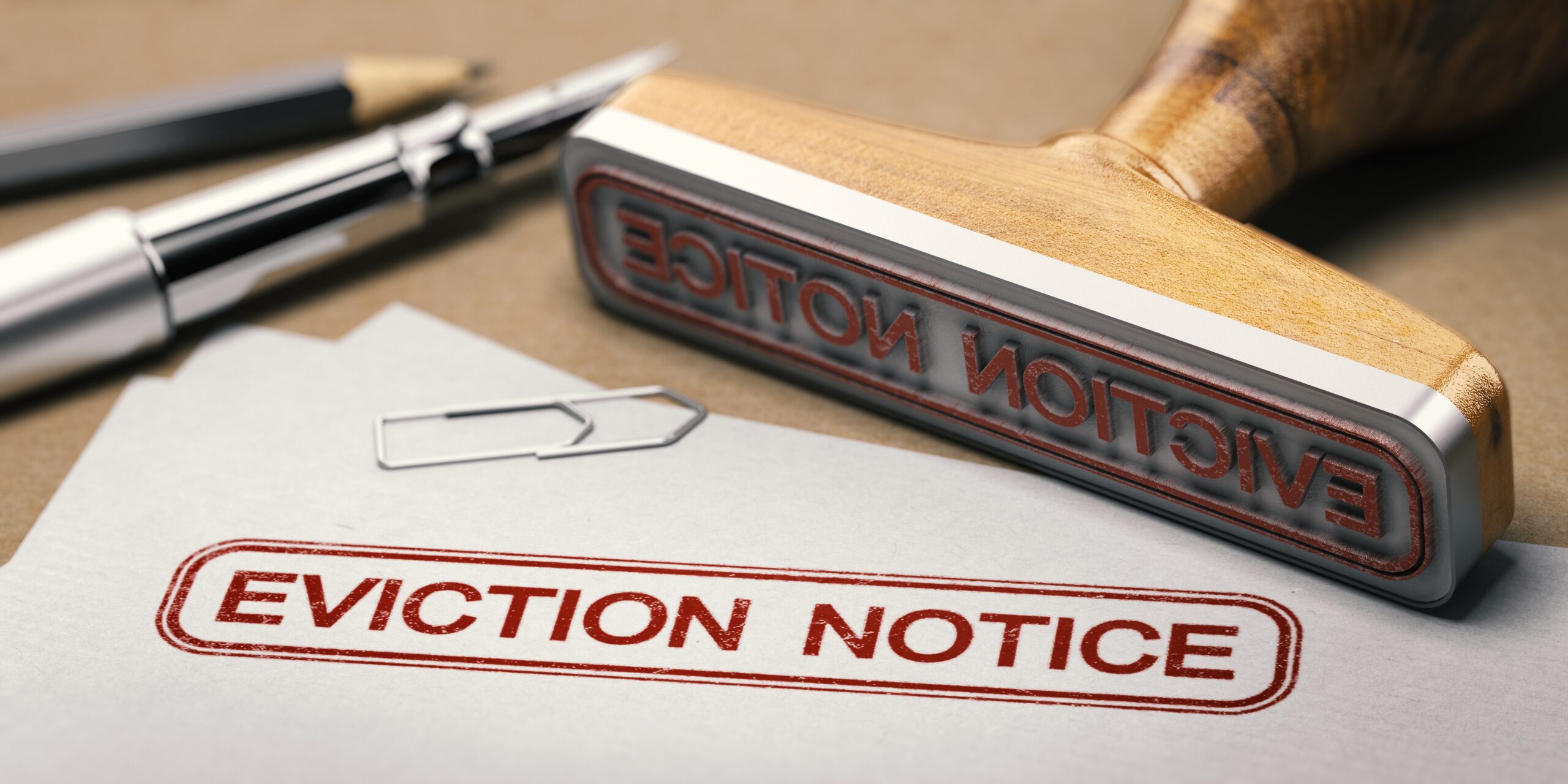
How to manage a rental property
Managing your own rental property can sound like the ideal situation. But ask any landlord and they’ll likely tell you it’s not all rainbows and unicorns. From maintenance issues to legalities, managing a rental property can be as challenging as it is rewarding.
While the potential for a stable rental income and long-term investment growth is enticing, the day-to-day responsibilities can quickly pile up.
If you’re feeling a bit overwhelmed and wondering how to manage a property, we’ve got a few handy tips up our sleeves.
Step 1: Understand the basics of rental property management
Property maintenance
Regular maintenance is crucial to keep your rental property in tip-top shape and your tenants happy.
Think of your property as a prized plant (stick with us) – it needs water (repairs), sunlight (upgrades), and a little TLC (routine checks). Regular maintenance not only preserves your property’s value but also prevents small problems becoming costly problems down the line.
Conduct routine inspections to catch and address potential issues early. A proactive approach not only saves money but also makes your tenants feel cared for, which means a higher likelihood they renew their lease.
Remember: a well-maintained property attracts quality tenants and justifies higher rent.
Legal compliance
Navigating rental property laws can feel like walking through a minefield (maybe not quite so dramatic). Laws vary by state and cover everything from security deposits to evictions. Compliance ensures a fair, safe living environment and avoids legal issues.
Stay updated on legal requirements and join a local landlord association for support. Keep thorough records of inspections, repairs, communications, and financial transactions. This documentation aids legal compliance and builds trust and transparency with your tenants.
Financial management
Managing the financial side of your rental property is foundational to your success. Set the right rent price through market research to balance tenant attraction and profitability. Budget for maintenance, repairs, and other expenses, and keep a contingency fund for vacancies or emergencies. Detailed financial records are essential for tracking income, expenses, and tax deductions. Property management software can streamline this process and make sure you’re working accurately and efficiently.
Step 2: Find and screen tenants
Marketing your property
Effective marketing is key to attracting quality tenants. It’s like setting up the perfect dating profile for your rental – highlight the best features and get it in front of the right audience.
Start by listing your property on popular rental websites and social media platforms. Include high-quality photos and a detailed description that showcases the property’s unique features, like modern appliances, spacious layout, or great location.
Consider using virtual tours to give potential tenants an immersive experience of the property. This can be especially appealing to long-distance renters or those with busy schedules.
Screening tenants
Once the applications start rolling in, a thorough tenant screening process is your best defence against future headaches. Make sure you conduct a thorough background check to make sure there are no red flags, verify their employment, and request references from previous landlords.
Read our in-depth guide on how to screen tenants.
Lease agreements
When you find that perfect tenant, seal the deal with a rock-solid lease agreement. Think of it as a prenuptial for your rental relationship (are you sick of the metaphors yet?). It covers all bases to prevent future disputes.
Your lease agreement should clearly outline the terms and conditions of the rental, including rent amount, due dates, security deposits, maintenance responsibilities, and rules regarding property use.
Include clauses that address common issues like late fees, pet policies, and procedures for requesting repairs. Make sure the lease complies with local rental laws and regulations. It’s always a good idea to have a legal professional review the agreement to make sure it’s airtight.
Step 3: Day-to-day management
Rent collection
Collecting rent can be a breeze if you set clear expectations and offer convenient rental payment methods. Make sure you establish a consistent rent due date and communicate this clearly to your tenants.
Offering multiple payment options, like online transfers, direct debits, and electronic payment platforms, can make it easier for tenants to pay on time. Automating the rent collection process with property management software can streamline this and reduce the likelihood of any missed payments.
If your tenant does miss a rent payment, handle the situation promptly but professionally. Send a polite reminder and follow up according to the procedures outlined in your lease agreement.
Consistency is key! Stick to your policies to avoid misunderstandings and ensure fairness.
Repairs and maintenance
Dealing with repairs and maintenance requests promptly is crucial for maintaining your property’s value and keeping tenants satisfied. Have a trusted handyman or a list of reliable contractors on your speed dial for common issues like plumbing, electrical, or HVAC.
It’s a good idea to implement a system for tenants to easily report maintenance issues, like a dedicated phone line or an online portal. Respond quickly to requests to prevent small problems from escalating into major repairs. Schedule regular maintenance checks to catch potential issues early. Make sure to keep detailed records of all maintenance work, including dates, costs, and the work performed. This documentation is valuable both for financial tracking and future reference if any similar issues arise.
Tenant communication
Maintaining open and clear communication with your tenants is essential for a smooth rental experience. Set the tone from the beginning by being approachable and responsive. Encourage tenants to reach out with any questions or concerns and make sure they know the best way to contact you.
Regularly update tenants on any property-related news, upcoming maintenance, or changes in policies. Use multiple channels of communication, like emails, phone calls, and notices, to make sure messages get through.
When addressing tenant concerns, listen actively and respond with empathy and professionalism. Timely and respectful communication can prevent minor issues from escalating into major disputes and foster a positive landlord-tenant relationship.
Step 4: Deal with common issues
Late payments
- Detail due dates, grace periods, and late fees in the lease agreement.
- Act quickly with polite reminders, followed by formal notices if needed.
- Offer flexible payment plans for temporary hardships to maintain good tenant relationships.
Property damage
- Document the property’s condition before tenants move in with photos and a checklist.
- Conduct regular property inspections.
- Deduct repair costs for minor damages from the security deposit.
- Address major damages quickly and communicate with tenants.
- Consider landlord insurance for significant losses.
Maintenance requests
- Give tenants an easy way to submit requests.
- Prioritise urgent repairs and keep tenants informed.
- Schedule regular maintenance to prevent small issues becoming big problems.
- Make sure tenants know how to report utility problems and have access to emergency contact numbers.
Lease violations
- Clearly outline the consequences of lease violations in the agreement.
- Address issues as soon as they arise.
- Be prepared to take legal action if necessary.
Step 5: Hire a property manager
Managing your own investment property can be time-consuming. We always recommend getting a professional Perth property management team behind you. They handle everything from tenant screening and rent collection to maintenance and legal compliance, allowing you to enjoy the benefits of investment property ownership without the day-to-day hassles.
A skilled property manager not only maximises your rental income and maintains the property’s value but also fosters positive tenant relationships, reducing turnover and vacancies. Their expertise and proactive approach can save you time, money, and stress, making property management a seamless and rewarding experience.
Get the property management guidance you need
Managing a rental property can feel like juggling a hundred balls at once, but with the right approach, you can keep everything in the air. If DIY property management isn’t for you and you want to make sure your property is in expert hands, reach out to our property management team and take the stress out of your investment. Get in touch today!
Related Articles

Perth’s Best Sunday Markets

10 Tips on How to Improve Your Property Value


